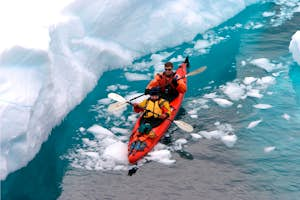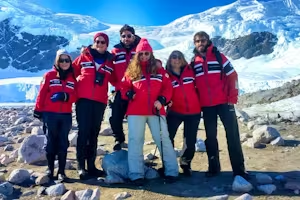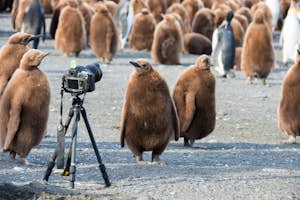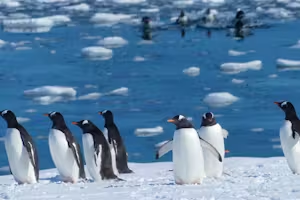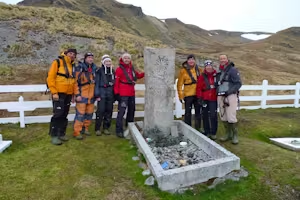Preserving Antarctica
Antarctica is one of the most beautiful, unique and perfectly preserved regions in the planet. Its frozen landscapes are home to many amazing species, each uniquely adapted to its extraordinary climate.
Largely untouched and undisturbed, special guidelines exist to ensure it continues to be a constant source of wonder and inspiration.
Watch this short video by the International Association of Antarctica Tour Operators (IAATO) for advice on how to have the safest and best experience possible, while keeping Antarctica pristine.
Laundry
All ships have an onboard laundry and typically can turn around clothing in 24 hours.
Language
Once on board your Antarctic ship, English will be the main language (unless you’re on a bi-lingual departure), however Chile and Argentina are Spanish-speaking countries.
Most Chilean and Argentinian people in the tourism industry will speak very good English, and your guides will always be Spanish-English speaking, so you won’t have a problem if you don’t speak Spanish. Some basic Spanish phrases though will serve you well and will be appreciated.
If traveling more widely in South America pre or post Antarctica a good English Spanish dictionary is likely to come in handy and having a few basic phrases will definitely stand you in good stead.
Cabin Facilities
Your cabin will be comfortably kitted out with all of the trappings of a regular hotel which you don’t need to bring with you:
- Towels
- Toiletry products (do bring your own shampoo, if you prefer)
- Hairdryer
- Desk
Some ships and higher cabin categories also provide:
- Dressing gowns
- Mini fridge
- Flat screen TV
Most cabins have individual controlled thermostats and so you can adjust the temperature of your cabin easily.
What kind of Luggage should I use?
We would recommend you use a soft sided holdall (ideally with wheels) or suitcase as they are easier to stow in a cupboard or push under your bed. Some ships have dedicated suitcase storage.


